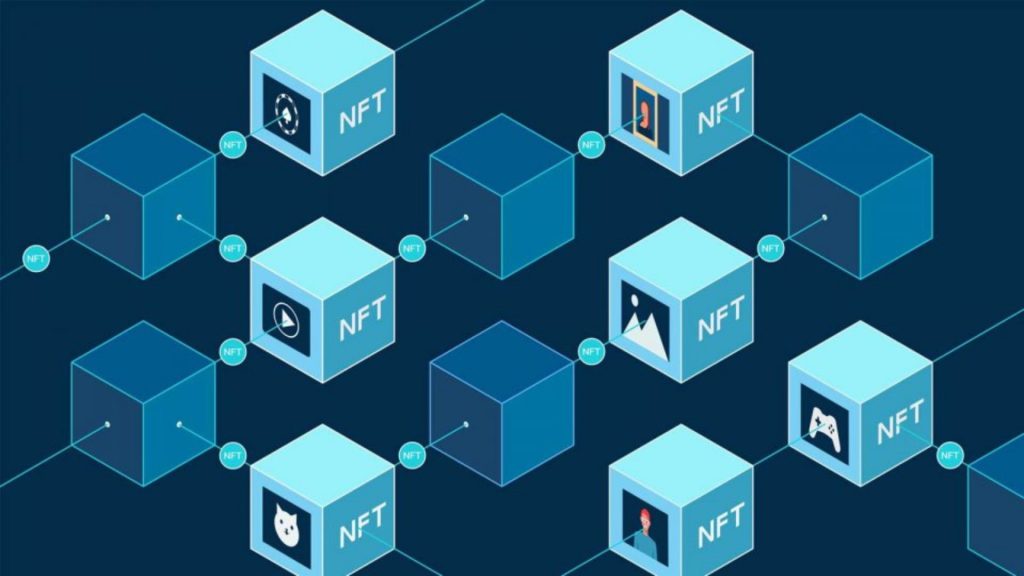How does Blockchain work? Experts praise blockchain technology due to its security and the fact that blockchain technology is decentralized. This technology is more secure since there is no central point of control and failure. Hackers would not find it easy to attack because every node in the network shall be required to be attacked to tamper with the data.

How Does Blockchain Work?
Blockchain technology is secure because of how the data is stored in a traditional database. The information is stored in a single location, which is a limitation and leads to hackers getting access to the confidential information quickly. However, blockchain technology spreads the data across the network, making it more protected from tampering. Unless more powerful computers are available, any attempts to manipulate the data will automatically be dismissed, making the Blockchain unchangeable.
One of the most promising aspects of blockchain technology is its ability to create a trustless system. In a trustless system, two parties can interact without needing a third party to mediate the transaction. This system could potentially reduce the cost of doing business and make it easier to conduct transactions online. Another potential use of blockchain technology is in the domain of data security. For example, users can use blockchain technology to create a decentralized database that is secure and free from hacks or data breaches.
So essentially, the Blockchain can be thought of as a distributed database. Additions to this database are initiated by one of the members, which are the network nodes. These nodes usually exist in the form of computers. Each node maintains a copy of the entire Blockchain.
The nodes also create new blocks of data, which can contain all sorts of information. Among other information, the block contains a hash. A hash is a string of numbers and letters, and each new block generates a hash. The hash depends not only on the block itself but also on the previous block’s hash, which explains why the order of the blocks matters and why blocks are added to the Blockchain in the order they occurred. Even a tiny change in a block creates an entirely new hash.
After its creation, a new block is broadcasted to every network party in an encrypted form to protect the transaction details. The network nodes check the validity of each new block that is added. Once a block reaches a certain number of approved transactions, then a new block is formed. The block’s validity is determined following a pre-defined algorithmic validation method, commonly referred to as a “consensus mechanism.” The nodes check the hash of a block to make sure a block has not been changed.

Once validated, the new “block” is added to the Blockchain. As soon as the nodes have approved the new block, the Blockchain or ledger is updated, and it can no longer be changed or removed. It is therefore considered to be impossible to forge it. You can only add new entries to it, and the registry is updated on all network computers simultaneously.
The blocks are also signed with a digital signature using a private key. Every user on a blockchain network has a set of two keys: Firstly, A private key, which is used to create a digital signature for a block, And secondly, A Public key, which is known to everyone on the network. A public key has two uses. On the one hand, it serves as an address on the blockchain network. On the other hand, it is used to verify a digital signature and validate the sender’s identity.
A user’s public and private keys are kept in a digital wallet or e-wallet. Such wallets can be stored or saved online and offline. Online storage is often referred to as hot storage, and offline storage is commonly referred to as cold storage.
Final Thoughts
A blockchain allows the data in that database to be distributed across multiple network nodes in different locations. This not only adds redundancy but also ensures the fidelity of the data stored—if someone tries to change a record in one instance of the database, the other nodes are not affected, preventing a bad actor from doing so. If a single user tampers with Bitcoin’s transaction record, all other nodes will cross-reference each other and easily identify the node with incorrect information. This system aids in the establishment of an exact and transparent sequence of events. This way, no single node in the network can change the information stored within it.









